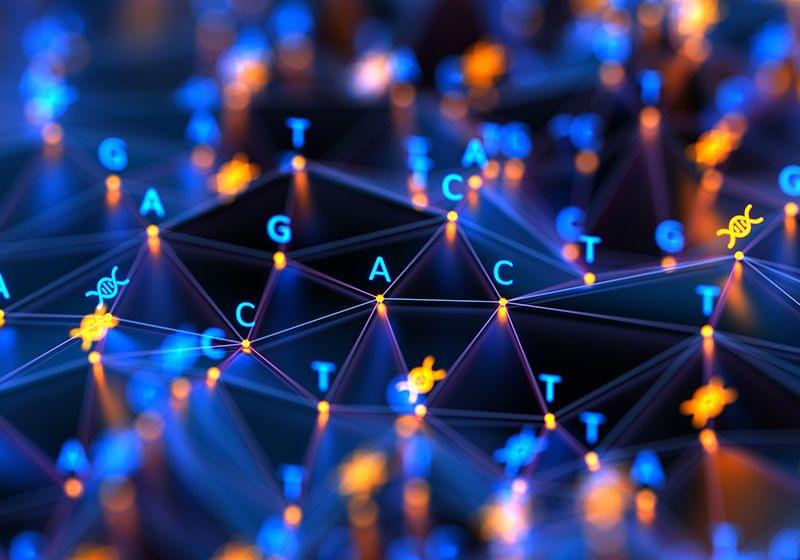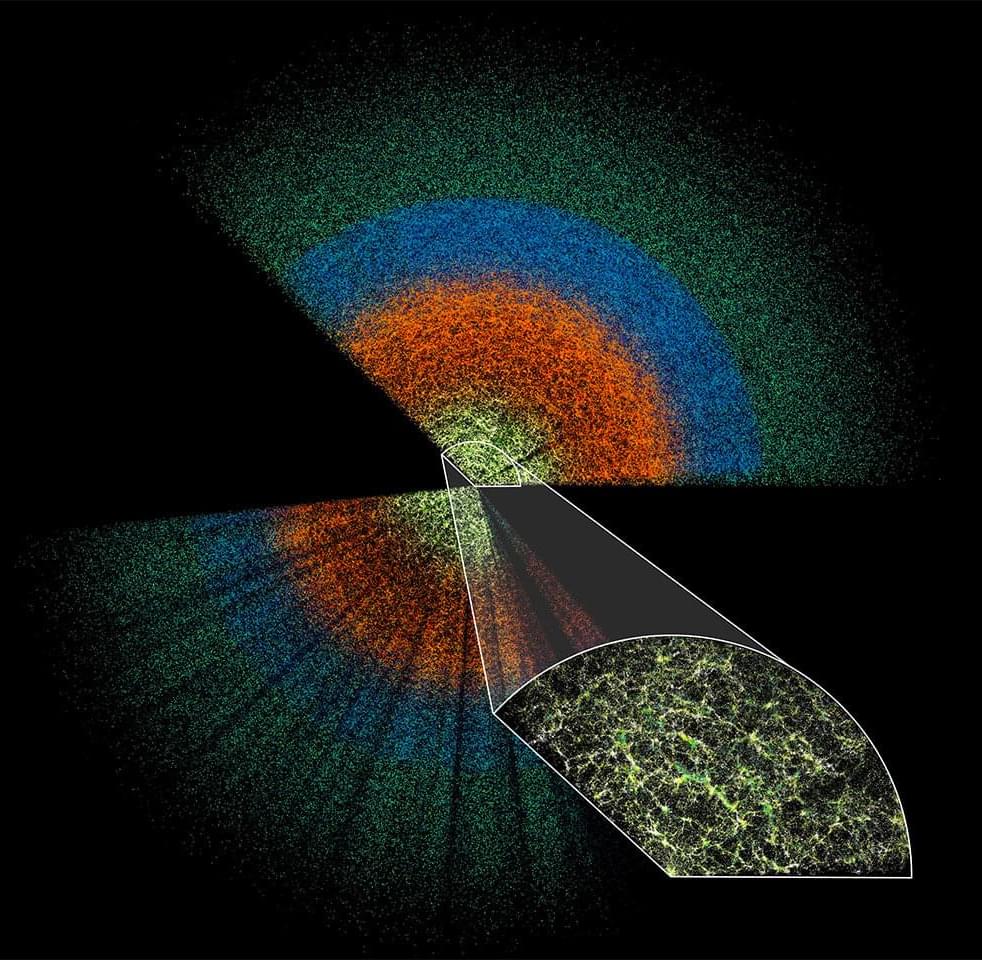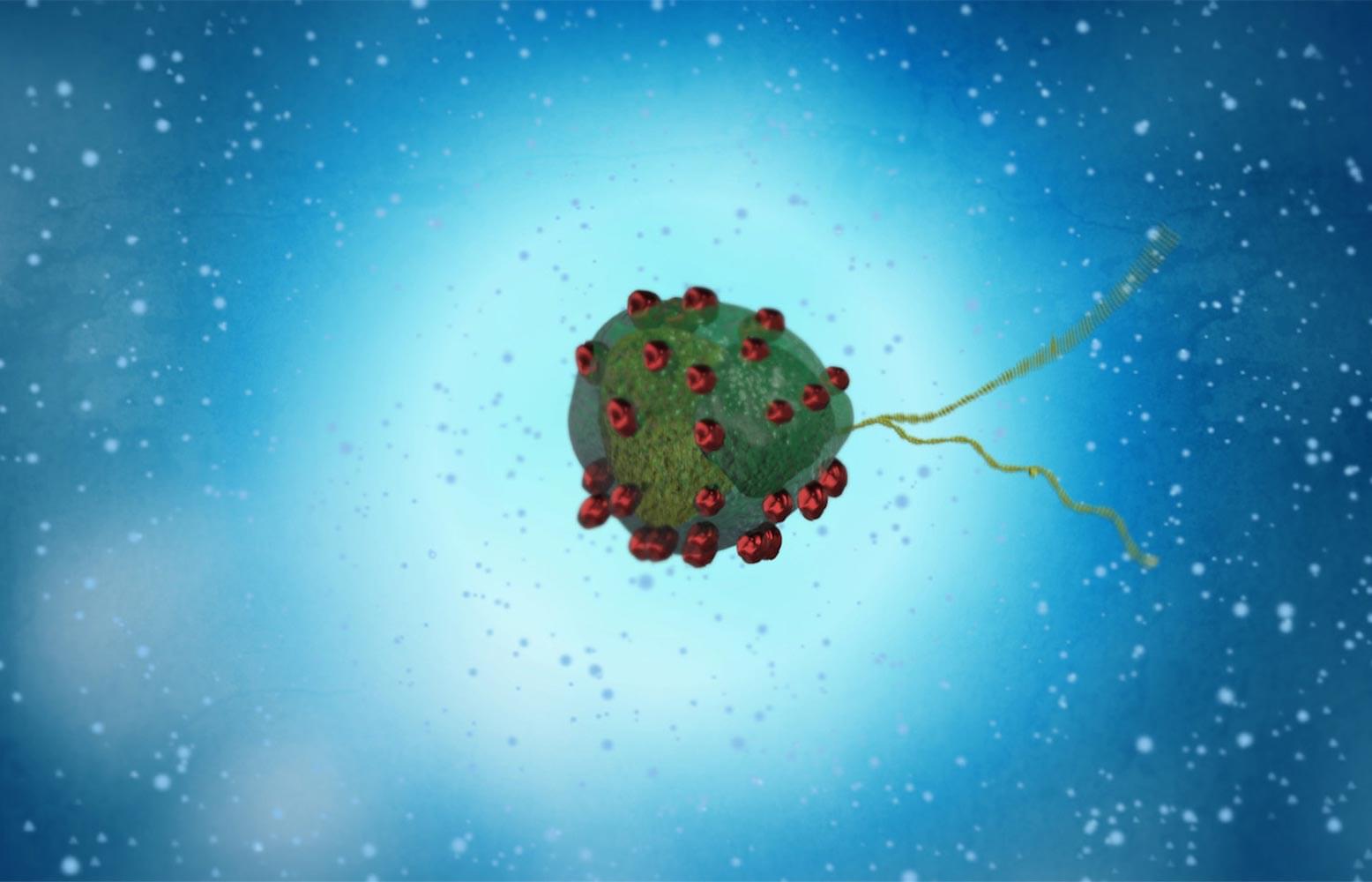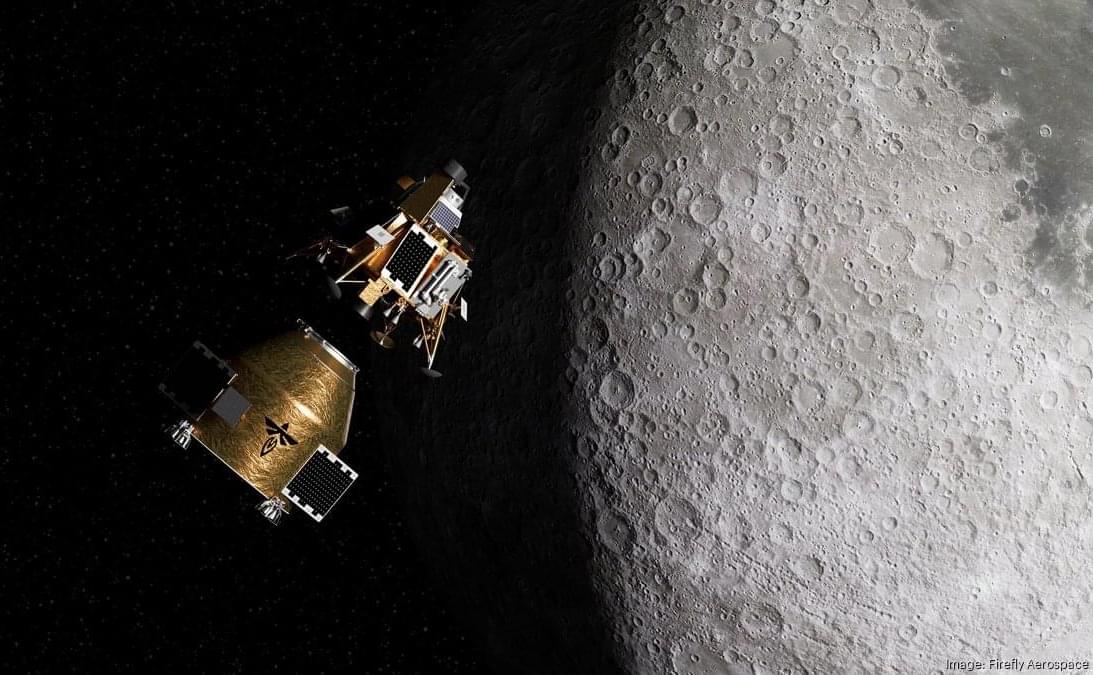In addition, traditional techniques do not allow researchers to optimally handle diverse sample types, including DNA samples from common sources such as saliva, blood, or formalin-fixed paraffin-embedded (FFPE) tissues. Such relative inflexibility limits the ability of scientists to efficiently compare sequencing results between different samples from the same individual as well as between different individuals, further complicating downstream data collection and reliability.
Library preparation kits that are designed to improve the efficiency and reproducibility of WGS workflows are a welcome addition to the sequencing repertoires of laboratory scientists engaged in cutting-edge and scalable translational research. Importantly, the versatility, adaptability, and turnaround time of novel library preparation solutions have the power to standardize protocols, eliminate workflow bottlenecks, preserve resources, and uncover new opportunities. Overall, preparation kits that have built-in adaptability to the inherent variability of WGS protocols enable more straightforward optimization and better results than traditional approaches.
Covaris’s truCOVER WGS PCR-free Library Prep Kit is a versatile, cutting-edge solution that addresses the inherent complexity of WGS workflows using a rapid, reliable, reproducible, efficient, and cost-effective approach. The kit enables adaptable PCR-free library preparation from different types of samples, including saliva, blood, and FFPE for a wide range of downstream sequencing workflow applications. The truCOVER kit streamlines library preparation processes by eradicating rate-limiting obstacles such as fragmentation bias and eliminating the need for PCR-based quality control steps.









